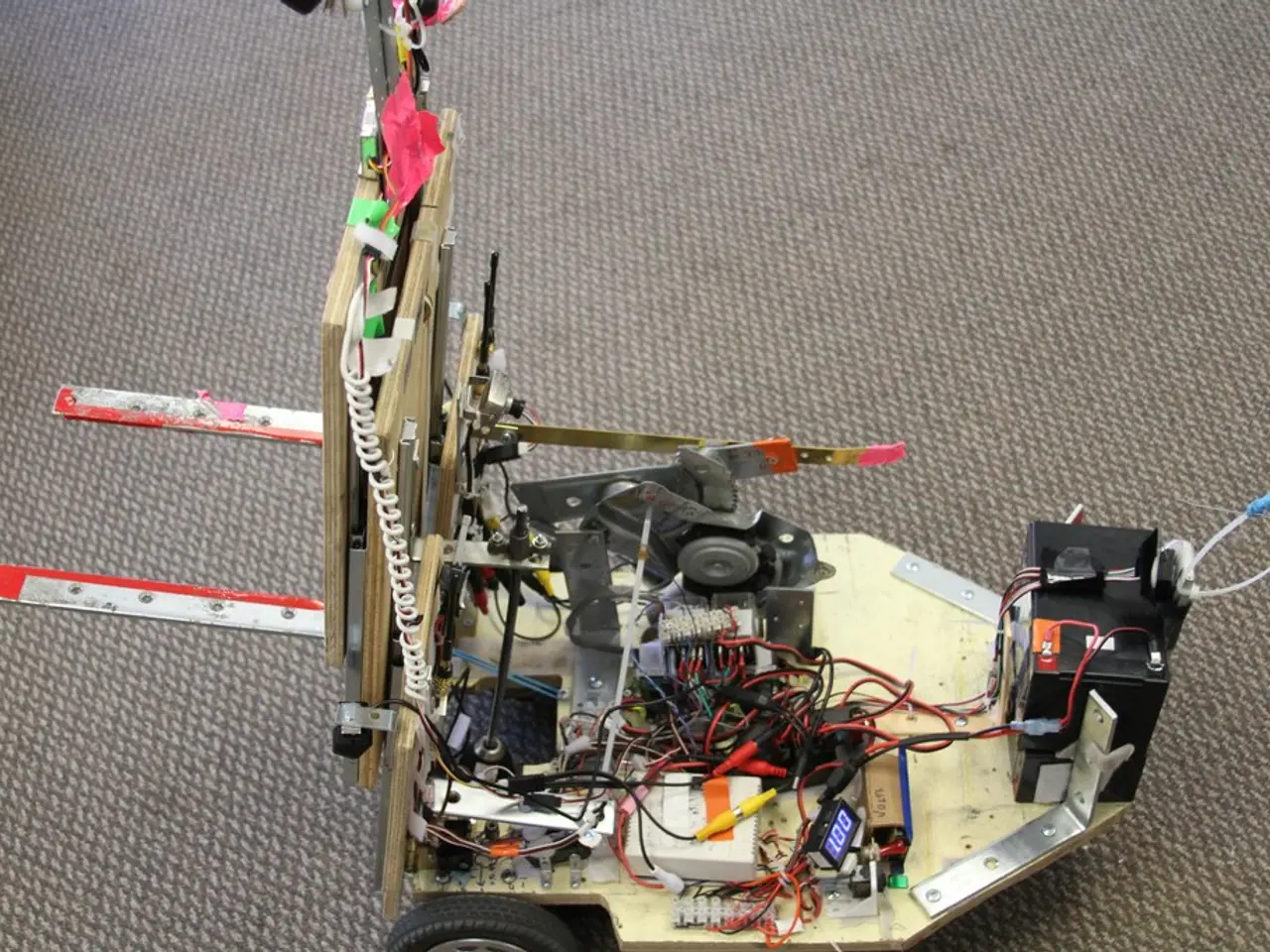Presidential Election Results: Incumbent, John Doe, Wins Re-Election Amidst Controversy and Protests
In the ever-evolving world of health and fitness, 2024 promises to be a groundbreaking year. The focus is on advanced wearable health devices, AI integration, personalization, hybrid fitness models, and recovery technologies. Here's a rundown of the key trends that are set to revolutionize the way we approach our well-being.
AI and Machine Learning in Wearables
Wearable devices are set to become even more intuitive, with AI playing a significant role. These devices will offer personalized fitness and wellness insights, such as fitness tracking, sleep analysis, stress management, and lifestyle improvements. Generative AI is transforming these devices into virtual health coaches, providing tailored recommendations and conversational support.
Expanded Health Monitoring
Wearables will increasingly include advanced sensors for ECG, blood oxygen levels, heart rhythm, and sleep stages, facilitating continuous chronic disease management and remote patient monitoring that supports telehealth.
Connected Fitness Evolution
The fitness industry is emphasizing online and hybrid workout modalities to cater to diverse lifestyles. There is a strong demand for real-time feedback and hyper-personalized experiences based on AI-driven data.
Strength Training's Resurgence
Strength and resistance training are seeing renewed interest, with fitness technologies supporting these modalities through specialized equipment and on-screen instruction integrated with wearable tracking.
Recovery and Holistic Wellness
Technologies focusing on recovery, such as vibration, compression, cryotherapy, infrared saunas, and red light therapy, are becoming mainstream parts of fitness regimens.
New Form Factors in Wearables
Beyond traditional wristbands and smartwatches, new wearable formats like smart rings are emerging, offering similar health tracking capabilities with convenient designs and extended battery life.
This shift towards personalized, data-driven, and holistic health and fitness experiences is driven by consumer demand for convenience, connectivity, and deeper health insights.
Virtual Personal Trainers and Nutrition Trackers
Virtual personal trainers offer customized workout plans through intuitive apps designed for every fitness level. Nutrition trackers monitor food intake and analyze meals for calorie counts, macronutrients, and overall health profiles.
Biofeedback Devices and Smart Water Bottles
Biofeedback devices measure various physiological functions during workouts, providing real-time feedback on heart rate variability, muscle tension, and breathing patterns. High-tech smart water bottles remind users to stay hydrated throughout the day, integrating hydration tracking into their routine effortlessly.
Virtual Reality Workouts and Motivation
Many VR workout platforms feature social options, allowing users to work out with friends or compete globally. Fitness devices foster motivation through challenges, social sharing options, and customized workout plans.
Smartwatches and Advanced Biofeedback
Smartwatches combine style with functionality, allowing users to track workouts seamlessly while staying connected. Advanced biofeedback devices connect with mobile apps, offering personalized recommendations tailored to each user's unique needs.
The Future of Fitness is Here
Embracing fitness technology can lead to improved workout efficiency, motivation levels, and overall health outcomes. Health monitoring is more accessible than ever with features like sleep tracking and stress management tools. Fitness tech gadgets provide real-time data on metrics such as heart rate, calories burned, and distance.
As we step into 2024, the future of fitness is brighter than ever, with technology making it easier than ever to prioritize our health and well-being.
- In 2024, the focus on advanced wearable health devices is promising a groundbreaking year for the health-and-wellness industry, with AI playing a significant role in providing personalized fitness insights.
- Wearable devices will also include advanced sensors for monitoring various health indicators, such as ECG, blood oxygen levels, heart rhythm, and sleep stages, facilitating continuous chronic disease management.
- The fitness industry is moving towards online and hybrid workout modalities, with a strong demand for real-time feedback and hyper-personalized experiences based on AI-driven data.
- Strength and resistance training are seeing renewed interest, with fitness technologies supporting these modalities through specialized equipment and on-screen instruction.
- Technologies focusing on recovery, such as vibration, compression, cryotherapy, infrared saunas, and red light therapy, are becoming mainstream parts of fitness regimens, providing holistic wellness solutions.




